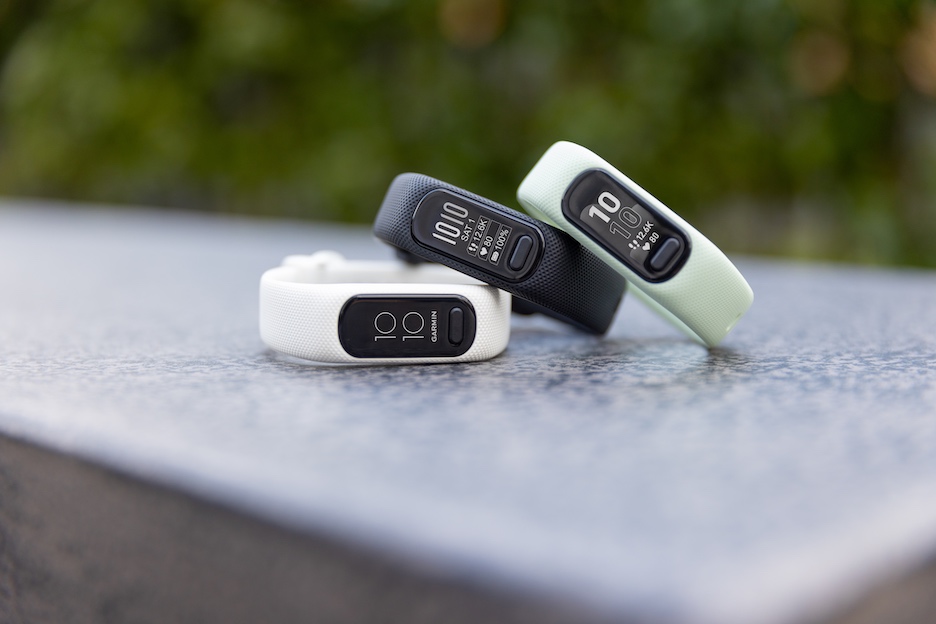

Fitbit allows for “resting calories” too. The Move ring is interested in Active, not Resting calories, which is a little more rigorous than Fitbit’s approach. Unlike Fitbit, Apple splits apart “resting calories” (calories you burn just by existing) and “active calories” (burnt through more vigorous activity). As you continue to wear your Apple Watch it will better learn your habits, average heart rate ranges, and normal activity levels, helping to make calorie counts more accurate. The Apple Watch uses motion and heart rate data to determine calorie count, which then dictates the Move metric of the Activity app. watchOS 9 features a raft of new features and improvements, including car crash detection Heart Rate Zones customizable workouts a Multisport workout that automatically switches between any sequence of swimming, biking, and running Race Route, which lets you compete against your best time running or biking a familiar route Automatic track detection Running Form metrics Running Power Medication logging and reminders Sleep Stages AFib History Temperature changes and more.įitbit says that the Sense and Versa 3 have also improved heart-rate measurement, as the LED sensors have closer contact with the wrist. The Apple Watch Series 8 comes with watchOS 9 pre-installed. The Watch’s built-in heart-rate monitor does support external heart-rate monitors too.Īpple has improved the Heart Rate app, which now measures you r resting heart rate and your recovery heart rate, and can give you notifications if anything seems awry. However, it does record your heart rate continuously when the Workout app is turned on, so you get constant feedback during training sessions.


On the other hand (or should I say wrist?) the Apple Watch checks your heart rate only every ten minutes during the day.


 0 kommentar(er)
0 kommentar(er)
